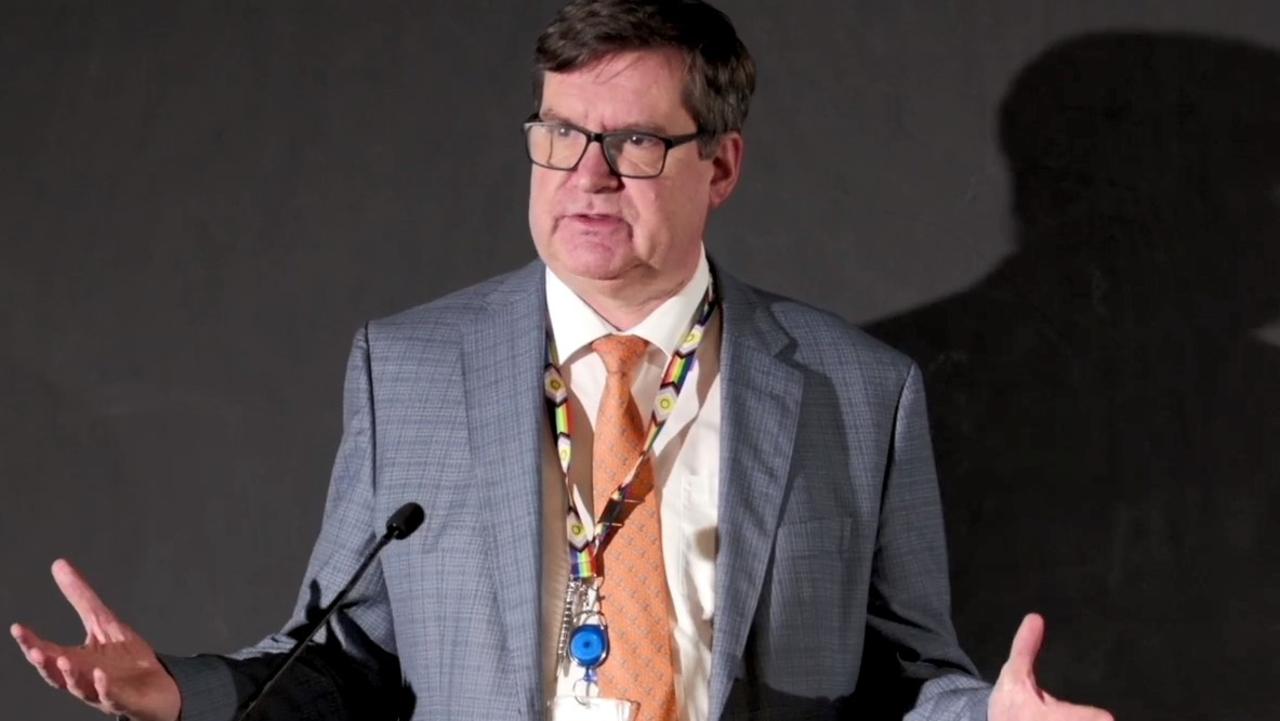Hospitals kept in dark on Covid health orders
The government’s controversial lockdown curfew, playground and booze ban could not be examined in the pandemic report — here’s why.
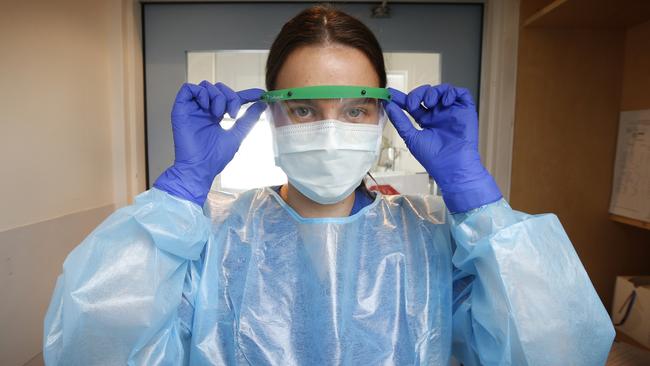
Coronavirus
Don't miss out on the headlines from Coronavirus. Followed categories will be added to My News.
The Andrews government’s Covid rules were confusing, sometimes “contradictory” and caused massive damage to Victorians’ mental health.
A new report has also revealed that chaos within the government meant hospitals were not briefed on restriction changes and instead learnt of them through the media.
Two documents from the Pandemic Declaration Accountability and Oversight Parliamentary Committee, released on Friday, laid bare the “significant” contribution the restrictions made to Victoria’s mental health crisis.
The committee of parliamentarians from across the political divide was only empowered to probe orders made after December 15 last year, when contentious pandemic legislation was introduced, switching decision-making from chief health officer Brett Sutton to the Health Minister.
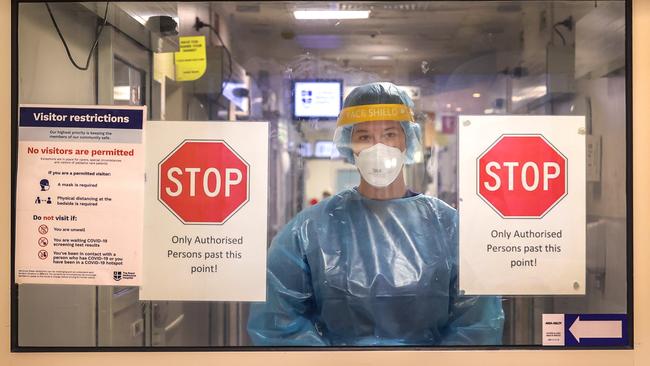
It meant controversial earlier restrictions such as a ban on using playgrounds, outdoor alcohol bans and an 8pm curfew couldn’t be freely examined.
One of the report’s key findings was that the effects of the pandemic itself, and the public health response that followed, contributed to Victoria’s mental health crisis.
“Pandemic orders which require levels of seclusion, such as isolation, quarantine and visitor restrictions, significantly contributed to a decline in mental health across the Victorian population,” it said.
“It is important that mental health impacts of the pandemic are understood so that they can better inform implementing pandemic orders, or future pandemic preparedness.
Stakeholders told the committee that the pandemic had worsened the mental health of many Victorians, exacerbating “systemic issues” that existed prior to Covid.
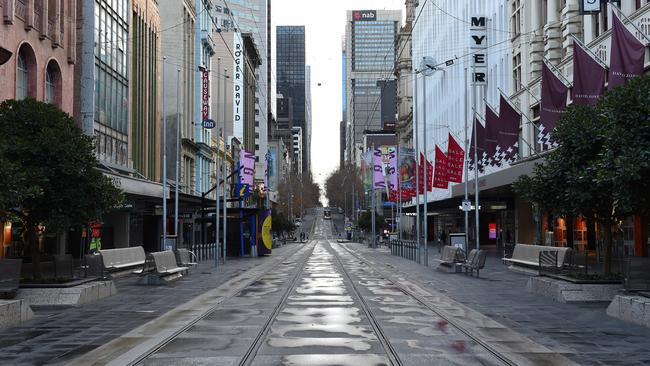
“Many stakeholders told the committee that the restrictions implemented were all contributing to increased mental health challenges among the Victorian population,” the report stated.
“This included self-quarantine and isolation requirements, hospital and care facilities restrictions on visitors, physical distancing measures and lockdowns.”
As a result, the already-besieged mental health sector struggled to meet service demand, leading to longer waiting periods for clients and higher levels of unmet need.
The finding has sparked furious calls from the state opposition, which has launched its own report that made 23 findings and 11 recommendations.
It called for a special inquiry to be established to investigate Covid’s impact on mental health, following “harrowing evidence” that the pandemic contributed to a surge in suicide and youth self-harm.
The committee was told lockdowns had the biggest impact on the mental health of young people, with calls to KidsHelpline increasing by 264 per cent.
Psychiatrist and Orygen executive director Patrick McGorry said the findings came as no surprise.
“I’m not criticising the measures that were taken, because many of them were necessary at the time before vaccines became available, but they certainly did take a very substantial toll on the mental health of the population, especially young people,” Professor McGorry said.
“Now is the challenge to help those people recover, and that means absolutely making mental health a real priority. It’s a national problem.”
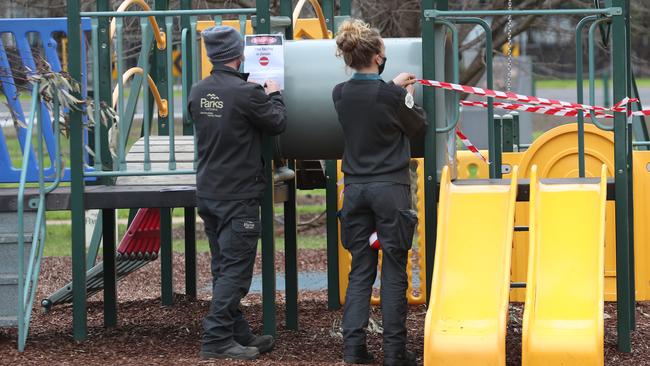
Opposition mental health spokeswoman Emma Kealy, who sat on the committee, said the group heard from a range of witnesses and experts who provided evidence that “contradicted what the government had told Victorians”.
“We heard from too many experts who confirmed the mental health impacts of the Andrews Labor government’s Covid restrictions was not only overlooked, but that it was wilfully ignored,” she said.
The committee also criticised how general quarantine, testing and isolation orders, as well as hospital visitation rules, were presented to the public.
“Using complex language risks pandemic orders being misunderstood, increasing the likelihood of noncompliance,” the committee said.
Such information should be presented adding in a way that could be understood by a year 7 student.
Some of the confusion led to hospitals misinterpreting the rules as they only learned about restriction changes through the media.
Some announcements made during government press conferences differed from the detailed changes made to pandemic orders, the report found.
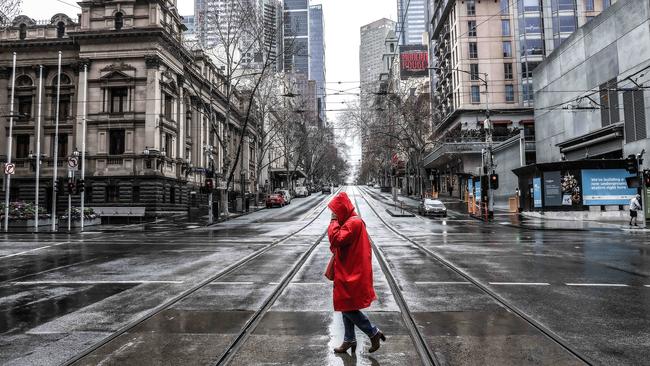
Australian Medical Association Victoria president Roderick McRae said confusing messaging and “lags of information” were “unhelpful” to struggling healthcare staff.
“This adds even more stress to healthcare workers, who already know they can’t provide the level of care they usually would be able to,” he said.
Committee chair, Shepparton independent MP Suzanna Sheed, said pandemic orders had been required to combat “an unprecedented public health crisis and response”.
The committee made just three recommendations, including for the Health Minister to explain why collecting personal and health information was necessary, and for the government to continue supplying free RATs to schools.
Opposition leader Matthew Guy slammed the committee’s final report, describing it as a “complete sham” that didn’t probe hard enough.
“Like everything under this Labor government, it’s all a stitch-up, it’s all a sham,” he said.
Premier Daniel Andrews on Friday said he hadn’t yet had a chance to read the report.
“I think that will be one of many things that will be in my overnight bag to have a look at over the weekend,” he said.




